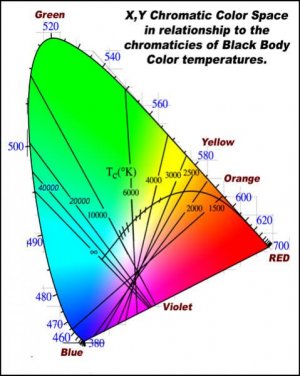GSMguy
New member
I say we change the rules to this thread to make it easier to answer questions.
Rule #1. No more 4,6,8 and 10 bulb combos.
(If you read the thread this question has been asked and answered HUNDREDS of times.)
Rule #2 no arguing over bulb combos suggested by others, just quote the question and answer it as if you have not read the previous replies.
And finally, let's try to focus the discussion on the fixtures, bulbs, ballasts, and any other T5 questions people may have.
Rule #1. No more 4,6,8 and 10 bulb combos.
(If you read the thread this question has been asked and answered HUNDREDS of times.)
Rule #2 no arguing over bulb combos suggested by others, just quote the question and answer it as if you have not read the previous replies.
And finally, let's try to focus the discussion on the fixtures, bulbs, ballasts, and any other T5 questions people may have.

